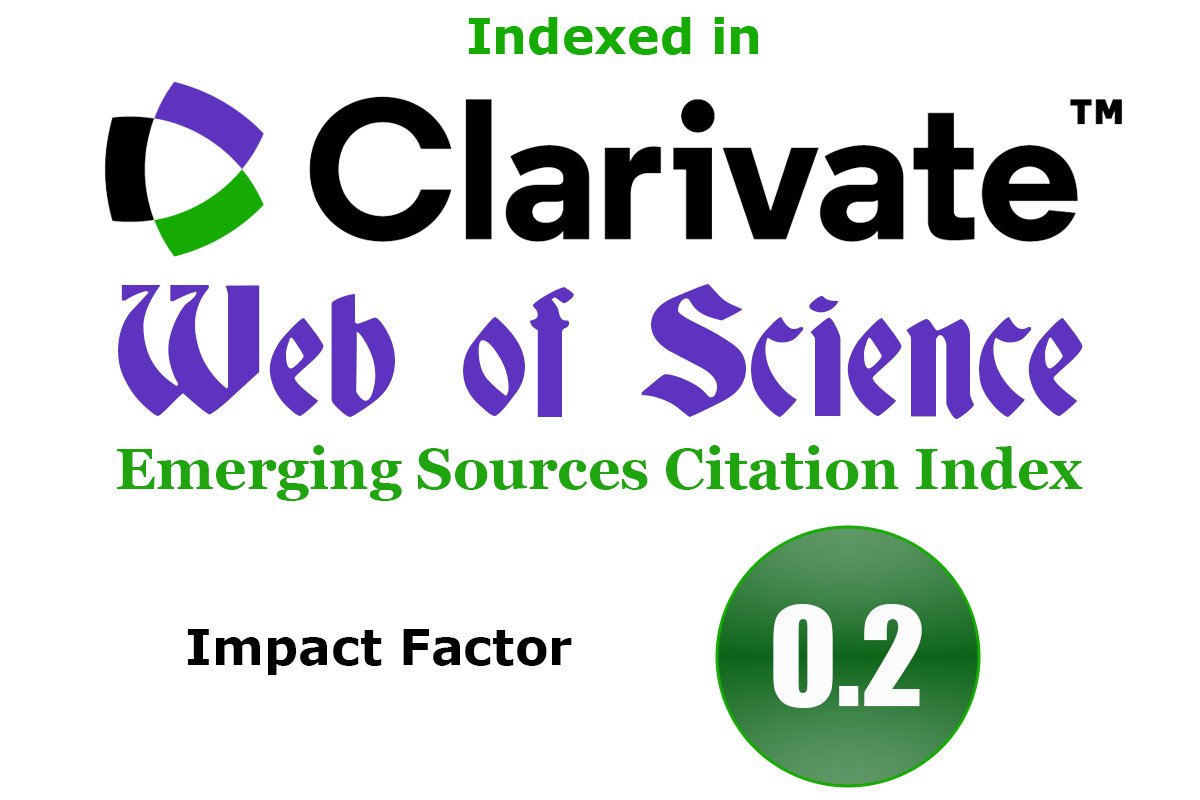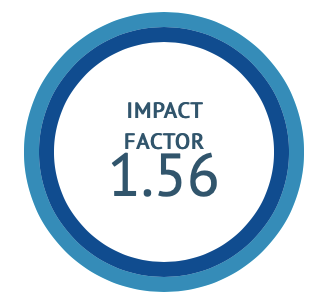Antidiabetic activity of aqueous root extract of Chlorophytum borivilianum on streptozotocin induced diabetic rats
DOI:
https://doi.org/10.47552/ijam.v16i3.6040Keywords:
Alpha-amylase, Alpha-glucosidase, Diabetes, Chlorophytum borivilianumAbstract
To identify and characterize the synthetic components from the roots that are responsible for the activity, as well as to assess the plant Chlorophytum borivilianum's pharmacological effectiveness in diabetes both in vitro and in vivo. The goal of the current study was to examine the ethnomedical application of aqueous extract from the roots of Chlorophytum borivilianum as a possible anti-diabetic drug in rats with STZ-induced diabetes. The biological activities of the extract were examined both in vitro and in vivo. Water was utilized as a solvent for cold maceration, while TLC and column chromatography were employed for fractionation. The structures of the isolated compounds were validated by mass spectroscopy and liquid chromatography. The aqueous extract of Chlorophytum borivilianum Sant. & Fern. (Liliaceae) roots revealed the presence of phytoconstituents with therapeutic effects, including dihydrocapsaicin, deserpidine, reserpine, biliverdin-IX-α, and vitamin C. After giving a dose orally in comparison to the oral hypoglycaemic medication metformin, dihydrocapsaicin was detected, and the Chlorophytum borivilianum root aqueous extract fraction significantly decreased elevated blood glucose levels. Every outcome is dose-dependent. The presence of the anti-diabetic chemical dihydrocapsaicin was demonstrated from the aqueous extract. The parameters associated with diabetes can be inhibited by the aqueous extract of Chlorophytum borivilianum root.
Downloads
Published
How to Cite
Issue
Section
License
Copyright (c) 2025 International Journal of Ayurvedic Medicine

This work is licensed under a Creative Commons Attribution-NonCommercial-ShareAlike 4.0 International License.
The author hereby transfers, assigns, or conveys all copyright ownership to the International Journal of Ayurvedic Medicine (IJAM). By this transfer, the article becomes the property of the IJAM and may not be published elsewhere without written permission from the IJAM.
This transfer of copyright also implies transfer of rights for printed, electronic, microfilm, and facsimile publication. No royalty or other monetary compensation will be received for transferring the copyright of the article to the IJAM.
The IJAM, in turn, grants each author the right to republish the article in any book for which he or she is the author or editor, without paying royalties to the IJAM, subject to the express conditions that (a) the author notify IJAM in advance in writing of this republication and (b) a credit line attributes the original publication to IJAM.




